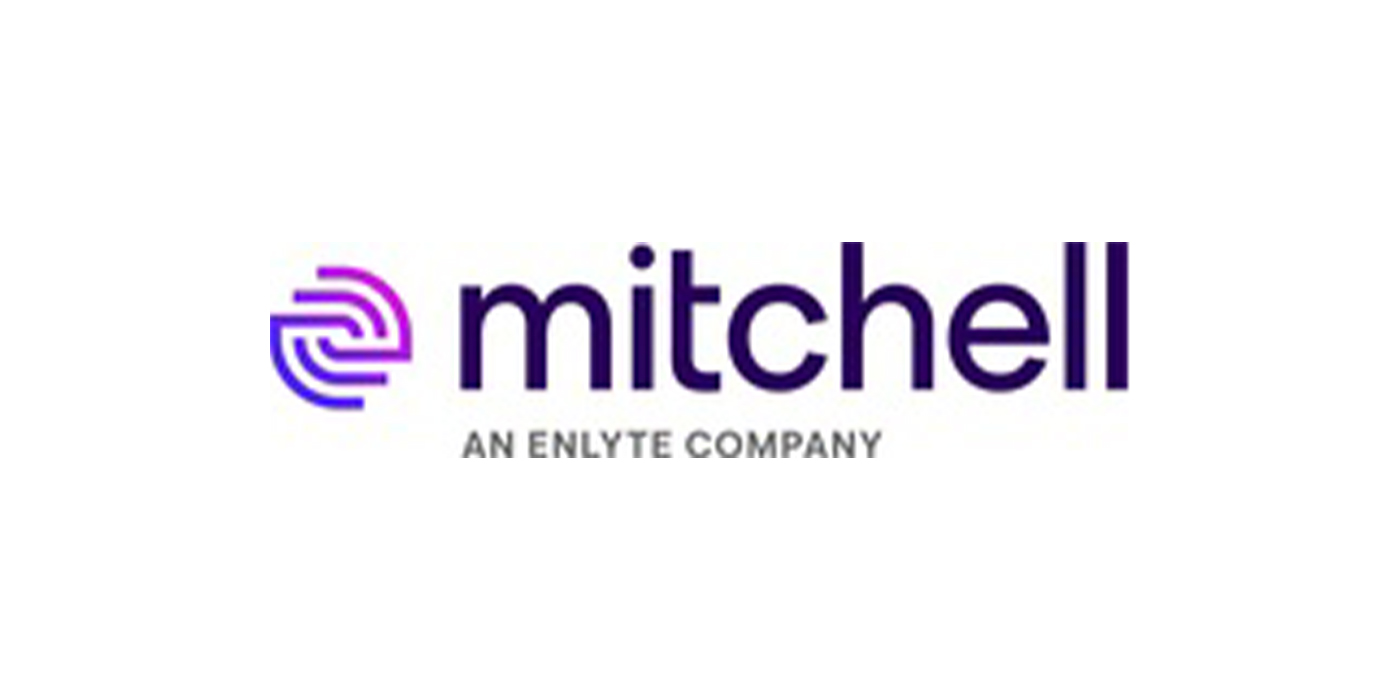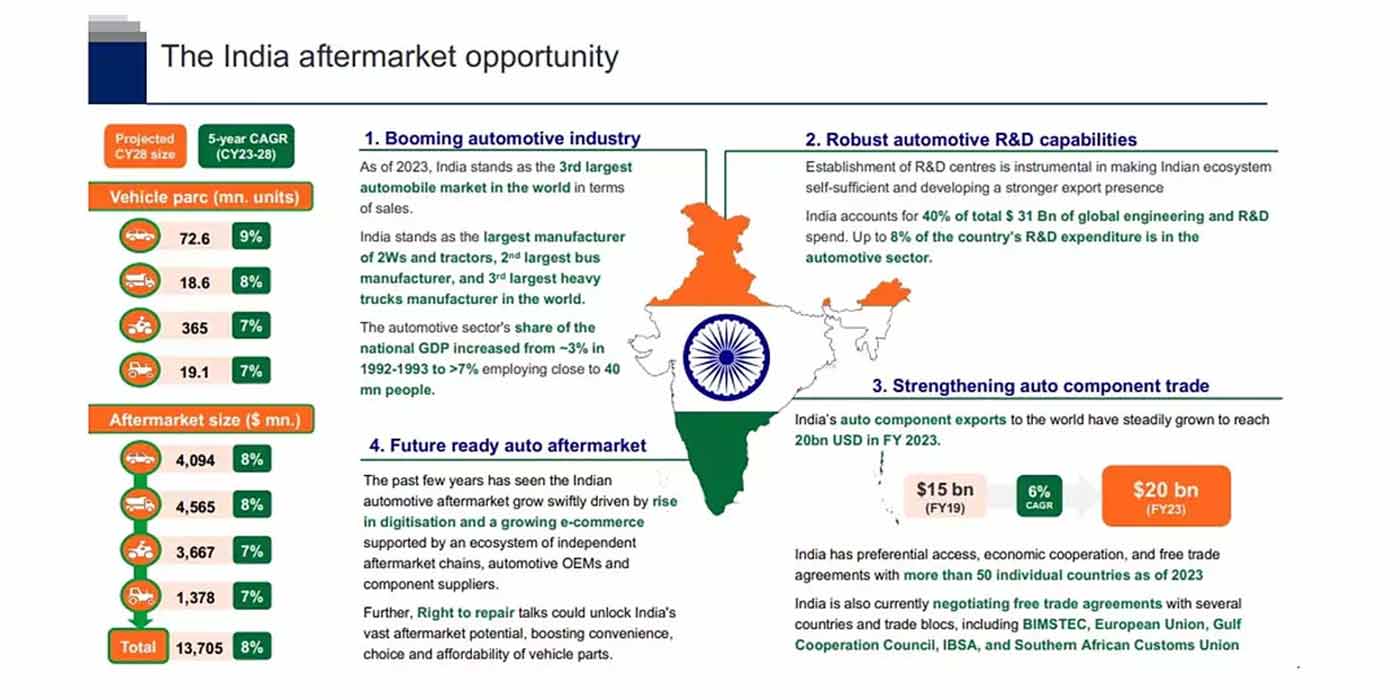Gasoline consumption in the United States has just hit a big milestone; it is now more than halfway back to pre-COVID-19 levels as motorists get back on the road amid at least a partial recovery of the U.S. economy, according to OPIS, an IHS Markit company.
Fill-ups at the pump hit the rock bottom in the second week of April, down 49 percent from 2019 volumes, as spiking COVID-19 cases led to the shutdown of the economy and stay-at-home orders across the nation. That was also the week that oil exporting countries hammered out the OPEC+ deal — with the direct involvement of the United States to reduce production in a greatly oversupplied market experiencing record-low crude prices.
The most recent OPIS survey shows that in the second week of June demand was down 22%, compared to the same week in 2019, but regional disparities are still prevalent.
“Although people talk about ‘demand destruction’, it’s actually been ‘demand contraction’ in response to the economic shutdown,” said Daniel Yergin, vice chairman, IHS Markit. “And now we’re seeing demand ‘uncontracting’ as people get back into their cars.”
OPIS DemandPro tracks actual weekly same-store gasoline volumes at more than 15,000 stations, aggregated on a national, regional and state level. This allows users to track and benchmark industry trends for overall retail gasoline sales.
“The most timely insight into market trends comes from the market itself — actual retail gasoline sales,” said Fred Rozell, president, OPIS.
“Gasoline sales have been rising at an average of 6.4% per week since the low point in April when demand was sliced in half. There is still more ground to cover, but the positive trends are a sign of recovery.”
Whether gasoline demand can fully retrace the route back to 2019 levels remains challenging, however, says OPIS.
“We can see a new preference for driving your car instead of public transportation or a short-range flight, and people do want to get out,” said Tom Kloza, global head of energy analysis, OPIS. “But that will be offset by less commuting and more working from home, the cancellation of sporting events, still-high unemployment levels and possibly a second wave of the virus in the autumn.”
“The gap in consumption between this year and last year will continue to narrow, but at this point we don’t see demand reaching the record levels of last year,” Kloza continued. “Still, the continuing recovery at the pump is good news for a battered U.S. economy that needs a fill-up with some good news.”
Regional-specific findings:
- Volumes were the most challenged in the Northeast, off 27% from this point last year. Massachusetts was down most at 33%. Connecticut, which is a little further along in opening than other New England states, was off 28%.
- The Western region was 25% below prior-year levels. California, the largest gasoline market in the nation, is down 26, while Colorado has had the biggest recovery in the region and is now down 20 percent compared to pre-crisis levels.
- Other states that are seeing a stronger revival include Indiana, with year-on-year consumption off by just 15% and Florida, down 19%. Texas was off by just 18%.
OPIS DemandPro updates gasoline retail sales every week.














